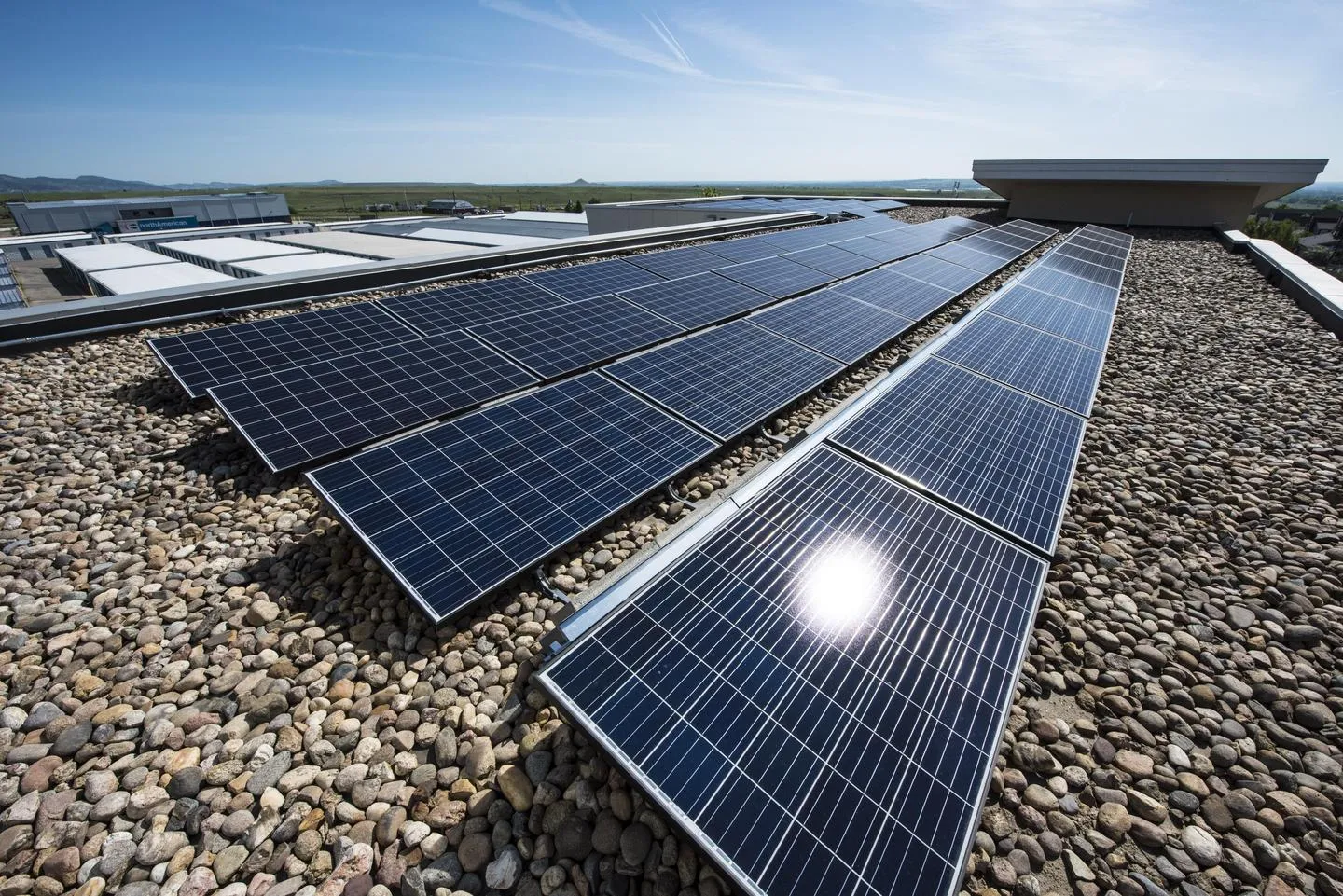Optimizing Solar Energy Collection with Advanced Tracking Technologies
Solar Tracking Systems Enhancing Solar Efficiency
As the world increasingly turns its attention to renewable energy sources, solar power stands out as a viable solution to combat climate change and fulfill energy demands. One of the key advancements in solar technology is the development of solar tracking systems, which significantly enhance the efficiency of solar energy capture.
Solar tracking systems are devices designed to orient solar panels toward the sun as it moves across the sky. Unlike fixed solar panels, which remain in a stationary position, these dynamic systems adjust the angle of the panels throughout the day and across seasons. By following the sun’s trajectory, solar trackers can capture up to 25–45% more sunlight, thus increasing the overall energy output of solar installations.
There are primarily two types of solar tracking systems single-axis and dual-axis trackers. Single-axis trackers rotate on one axis, typically aligned from north to south, allowing the panels to tilt towards the sun's elevation. This type is simpler and more cost-effective, making it the preferred choice for many large solar farms. Dual-axis trackers, on the other hand, can move on two axes, adjusting both the azimuth and elevation angles. This allows them to follow the sun more precisely throughout its daily and seasonal paths, optimizing energy capture, particularly in high-latitude regions where the sun's angle varies significantly.
The implementation of solar tracking systems comes with a range of benefits beyond just increased energy production
. One of the most compelling advantages is the improved return on investment (ROI) for solar projects. Although the initial cost of purchasing and installing tracking systems can be higher than fixed installations, the enhanced energy output often leads to a quicker payback period, making it a financially sound choice in the long term.solar tracking system

Moreover, solar tracking systems contribute to land efficiency. Because these systems can produce more energy from a given area, they require less land per unit of electricity generated. This aspect is particularly crucial in regions where land availability is limited or where large expanses of land are needed for other purposes.
On the environmental front, the increased efficiency of solar trackers means that less physical infrastructure may be needed to produce the same amount of energy. This can lead to a reduction in resource use and lower carbon footprints associated with manufacturing and installation.
However, it is important to consider the challenges associated with solar tracking systems. They require more maintenance than fixed installations due to their moving parts, and their initial installation costs can be higher. Additionally, the increased complexity may not be suitable for all locations, particularly smaller residential setups where space and budget constraints exist.
In conclusion, solar tracking systems represent a significant leap forward in solar technology, enabling more efficient energy capture and promoting sustainable energy practices. As technology continues to advance and costs decrease, it is likely that the adoption of solar tracking systems will grow, leading to greater investments in solar power and ultimately contributing to a cleaner, more sustainable future. As we seek effective solutions to the pressing energy crisis and strive to mitigate climate change, integrating innovative technologies such as solar tracking will be crucial in harnessing the full potential of solar energy.
-
Unlocking Energy Freedom with the Off Grid Solar InverterNewsJun.06,2025
-
Unlock More Solar Power with a High-Efficiency Bifacial Solar PanelNewsJun.06,2025
-
Power Your Future with High-Efficiency Monocrystalline Solar PanelsNewsJun.06,2025
-
Next-Gen Solar Power Starts with Micro Solar InvertersNewsJun.06,2025
-
Harnessing Peak Efficiency with the On Grid Solar InverterNewsJun.06,2025
-
Discover Unmatched Efficiency with the Latest String Solar InverterNewsJun.06,2025







